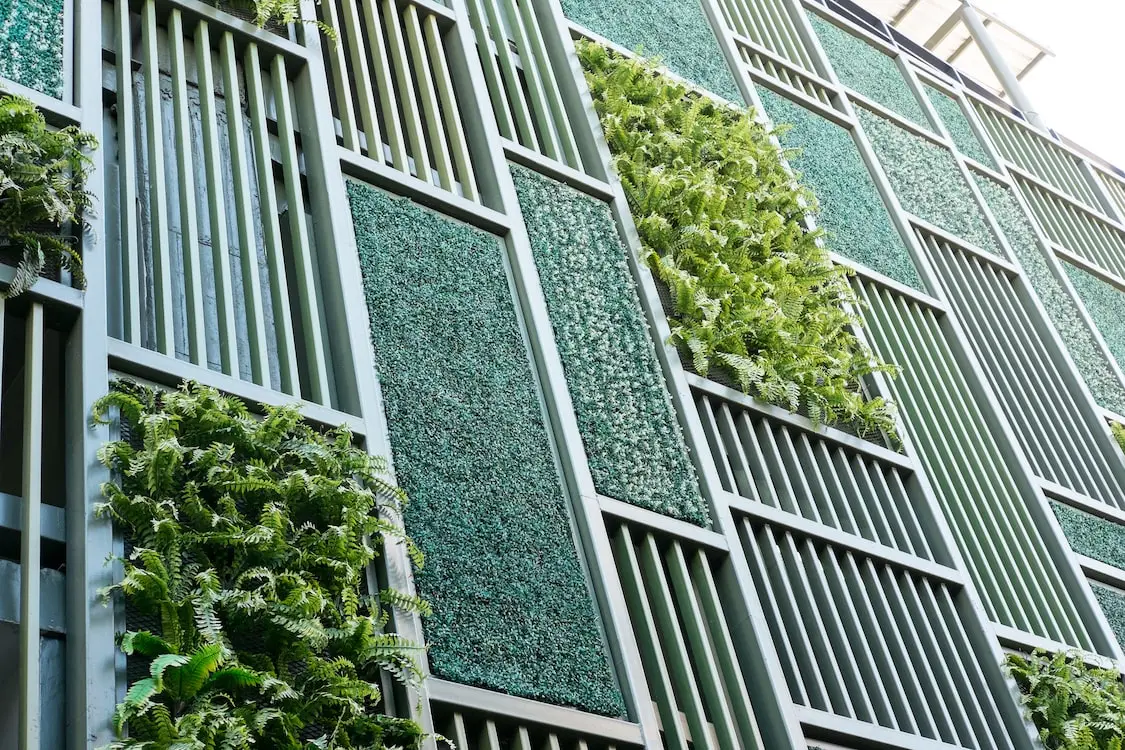In the drive to achieve zero-carbon cities, breaking away from reliance on fossil fuels for heating, cooling, power and transport is crucial. A variety of novel approaches around the world are already beginning to signpost the way to a more environmentally friendly future.
Well-insulated buildings, warmed with district heating or heat pumps, can significantly reduce energy demand. In the case of district heating, the distribution of heat among users of the system can be optimised – with excess heat from industrial processes reinjected into the shared network, for example.
In Devon, UK, the heat generated by a washing-machine-sized data centre is being used to heat a local public swimming pool. The computers inside start-up Deep Green’s ‘digital boiler’ are surrounded by oil to capture the heat. The hot oil is then pumped into a heat exchanger to warm the water in the pool – it’s proving enough to heat the water to around 30°C for 60% of the time.
The Energon building in Ulm, Germany, meanwhile, is drawing on natural energy sources to regulate the building’s temperature. Underground canals around the building suck in and heat incoming air in winter and cool the system in summer with the help of probes extending 100m underground, where the earth’s natural temperature can be used to cool or heat the air above. This enables the building to use 75% less energy for heating and cooling than a standard office building.
Another example of a nature-based solution is the city of Medellin in Colombia, which planted 30 green corridors along 18 roads and 12 waterways, with 8,300 trees and 350,000 bushes – and reduced the local temperature by more than 2°C in the process.
Other nature-based solutions, such as green roofs and living walls, can also help combat the urban heat island effect, where hard materials absorb solar energy and pass it back into cities. At the Oasia hotel in Singapore, for example, a wall of greenery adorning the exterior helps to cool the building. The temperature of the façade measures 28°C, compared with the typical 42°C surface temperature of a building with metal cladding.
Making use of local resources and climate is crucial. Copenhagen in Denmark, for example, aims to build enough wind turbines by 2025 to supply most of the electricity demand in the city, while Rio de Janeiro’s Museum of Tomorrow in Brazil uses water from nearby Guanabara Bay to lower the indoor temperature.
In China, the Shanghai Tower in the heart of the city’s financial district incorporates sustainable features in its design that reduce its carbon footprint by 34,000 tonnes each year. Smart control systems monitor electricity consumption to save energy, while rainwater is captured for internal use. There are also wind turbines located across the building that generate 350,000 kWh of electricity each year.
Olympic House near Lake Geneva in Switzerland is one of the most sustainable buildings in the world, with solar panels and heat pumps that use water from the lake to provide renewable energy. It is designed to use 35% less energy than similar buildings. In the US, the Bank of America tower in New York City uses an on-site power plant fuelled by natural gas to provide 70% of its annual electrical power needs. Waste heat from the power plant is used to make steam which powers chilling machines that cool the building, as well as providing hot water for heating.
The Sohrabji Godrej Green Business Centre in Hyderabad, India, also generates its own energy – from vegetated roofs covering 55%-60% of the building and solar photovoltaic panels on the rest, with a 24kW capacity. The 100-120 units of power generated per day is fed into the grid and meets 20% of the total energy cost of the building. In addition, wastewater and water runoff from the building is recycled by ‘root zone treatment’, where specially selected plants purify and filter the water that irrigates them. The water is then directed to one of three ponds, to be used for domestic purposes.
Carbon emissions from transport are also part of the challenge facing cities on the road to decarbonisation. Some cities are trying to reduce these by introducing ultra-low emission zones – the largest of which in Europe is the recently expanded London zone in the UK. The aim is to encourage people to switch to lower-emission vehicles.
Other cities are going one step further to try to persuade people to swap their cars for bicycles. Paris in France, for example, is creating a network of continuous cycle lanes in a bid to make the whole city ‘completely cyclable’ by 2026. Meanwhile, Bogota in Columbia has one of the most extensive cycle path networks in the world – covering more than 500km.
Whatever route each city takes, the ultimate destination is the same – a zero-carbon future

